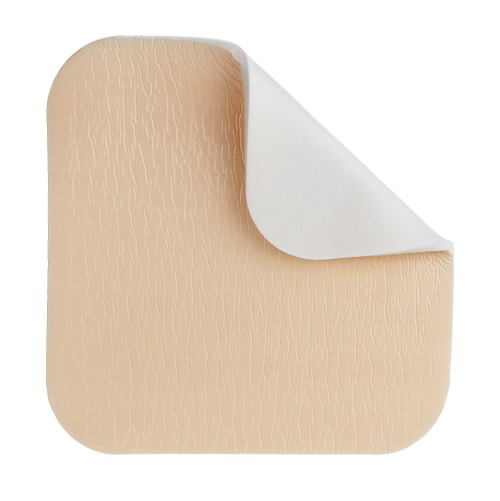Importance of foam dressing in wound healing and recovery process
Foam dressings are a common category of wound dressing. They are absorbent, soft, and highly effective in preventing moisture loss from wounds to promote optimal healing and recovery. They are non-adherent, non-linting, and waterproof and come in a variety of forms and sizes.
Foam
Dressing are
available as single-layer, double-layer, or multilayer foams with a range of
cell sizes. Some are impregnated with silver, Manuka honey, cadexomer iodine,
or antibiotics, as well as surfactants to enhance the absorption and delivery
of these substances to the wound bed.
Polyurethane
foam has a low density, which allows it to expand into shape and conform to the
wound. It can be applied directly to a wound or used as an auxiliary dressing
under the gauze.
It
can also be shaped to fit specific wounds such as ulcers, burns, and pressure
ulcers. It is available in a wide range of thicknesses, shapes, and sizes, and
can be reshaped and trimmed to fit any wound.
They
can be made to have a porous, granular, or thick emulsion surface, depending on
the manufacturer. It is usually made from heat-treated, open-cell polyurethane
foam that consists of small particles with a relatively large area of porosity.
The porosity determines the rate of fluid uptake into the foam, and the
permeability of the film backing controls the transmission of fluid to the
outer layer.
The
resulting gel is absorbent and dehydrating, with minimal potential for skin
maceration. The absorbency of the foam also facilitates autolytic debridement.
A
number of commercially available foam dressings have been shown to increase the
rate of revascularization in pressure ulcers. The resulting increased blood
flow to the wound may lessen the need for frequent dressing changes and reduce
the incidence of tissue damage. These foams are available in a wide range of
formulations including hydrocolloids, alginates, silver, and charcoal. They can
be soaked in a water-based solution to aid in the debridement and absorption of
exudates. Some are impregnated with antimicrobial agents, such as silver,
Manuka honey, cadexomer-iodine, or antibiotics, to decrease the risk of wound
infections.
They
are also available with surfactants to enhance the absorption and delivery of
these substances to the skin and wound bed or as non-adherent dressings. The
primary function of a wound dressing is to protect the wound from microbial
infections and keep it clean. The dressing must be breathable and allow airflow
through it to provide an adequate oxygen supply for healing. It must also be
able to seal the wound, thereby preventing the excess exudate from entering the
wound bed or leaking through the dressing.




Comments
Post a Comment